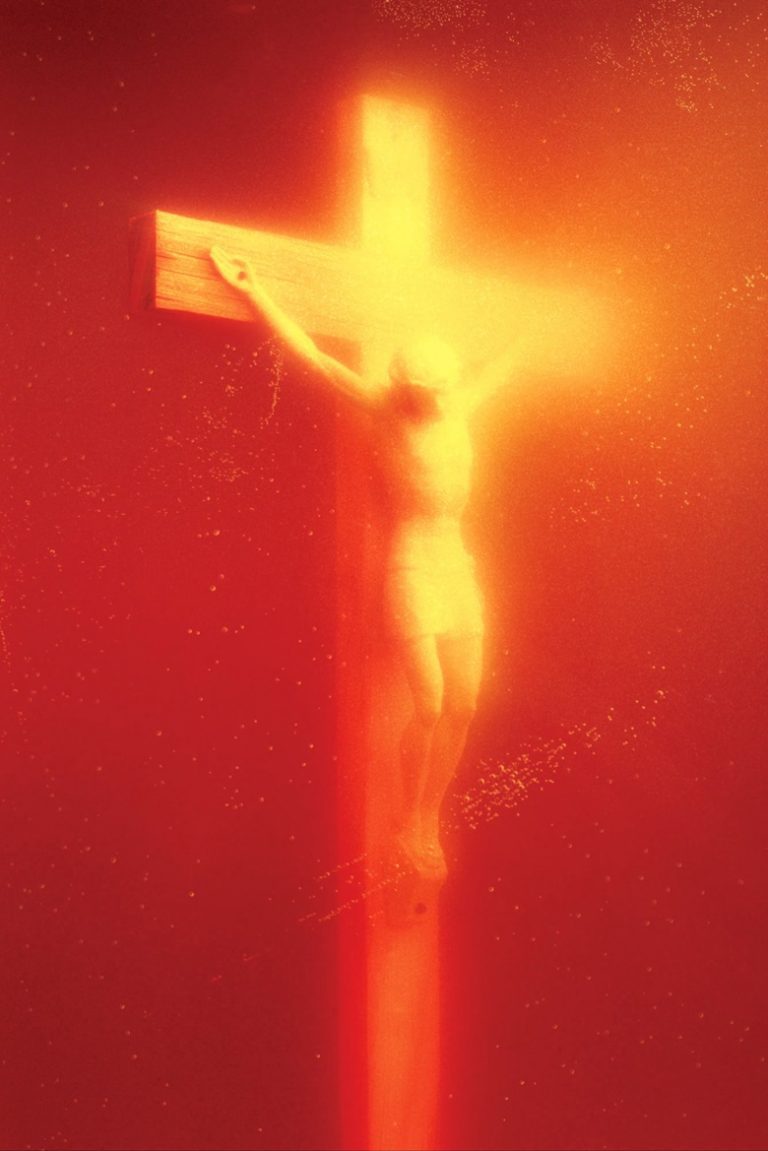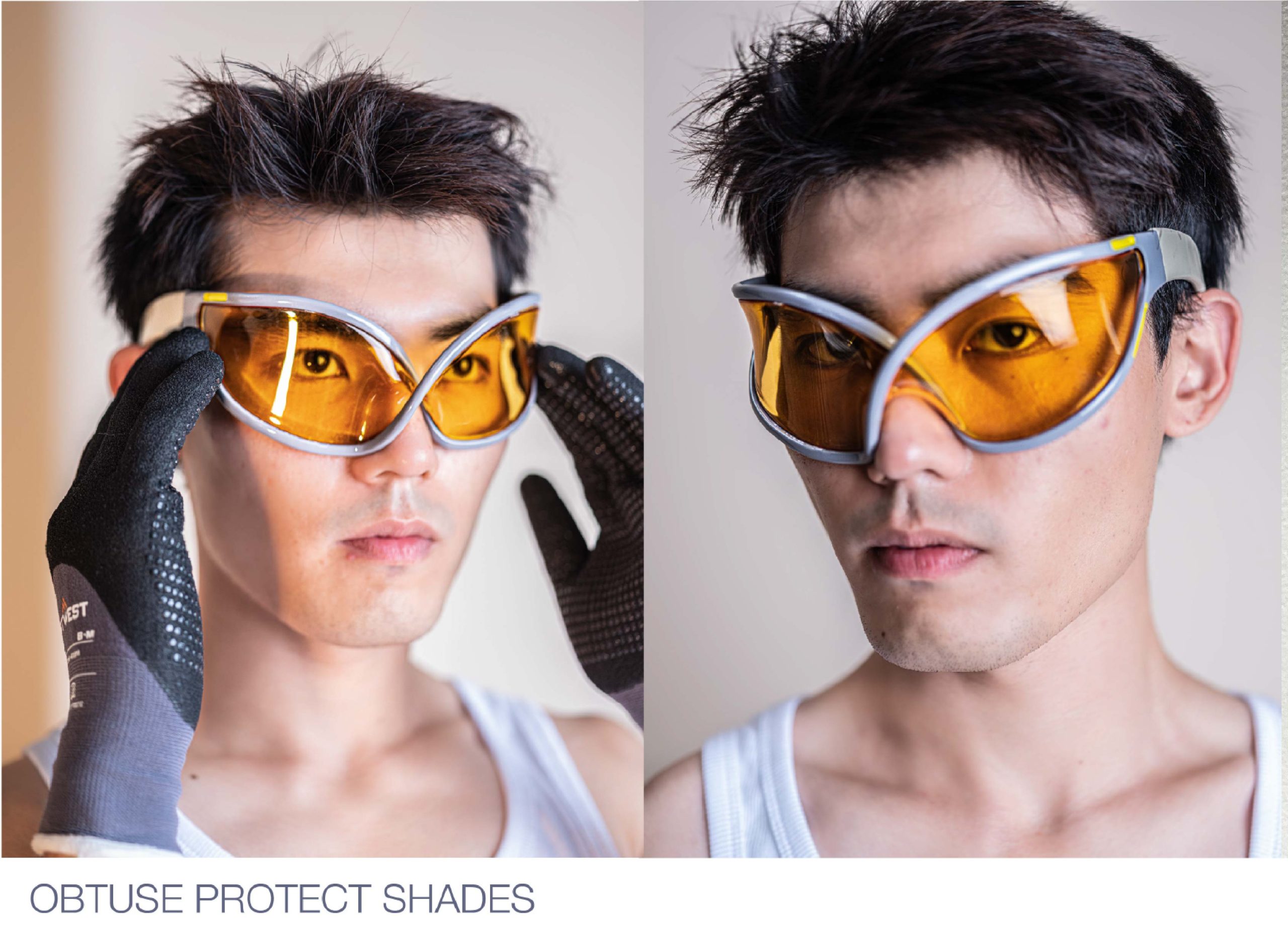

Historically, the economic landscape of the art world has remained opulent, and unaffected by the day to day fluctuations of financial markets. Art has been an illiquid commodity; the community is fixed with a limited pool of buyers, work can be difficult to sell, and many pieces are one of a kind. But, as we teeter on the brink of a recession, and consumers are tightening their purse strings, will art’s monetary portfolio come to an abrupt halt? And although this stability is seemingly true of traditional art, now that the industry has come to incorporate NFTs and digital assets, has this sector’s volatility increased?
It has been a long-standing assumption that investing into art is a somewhat safe form of investment. Art has proven to retain its value better than other global equities, and is somewhat immune to cultural trends, shifts, or events. There will always be interest in antique art, and there will always be curiosity in new art. As we tentatively head into a new era of inflation, it is interesting to reflect on the Great Recession of 2007/8, as an indicatory source of what is to come. In this period, surprisingly, the turnover produced at art auction sales actually increased, and this creative sector remained happily afloat whilst others plummeted into debt and uncertainty. Notably, in February 2009, when society was still stomping along the path to recovery, the Yves Saint Laurent collection in fact set a new record for the most expensive single-owner collection to sell. The sale totalled a staggering $483.8million and was executed by Christie’s over a three-day period at the Grand Palais in Paris. Whilst this is a seemingly reliable indicator of the success of art to withstand economic turmoil, it is true that in 2009 the global art market sales fell dramatically from $62 billion to $39.5 billion. Notwithstanding, sales did then bounce back to the $60 billion region a mere two years later, and so although this time of recession certainly did make its mark on the art world, it was neither resolute nor enduring. The work of deceased artists is undeniably more astute in retaining its high price point, and keeping buyers engaged, however it is also evident that modern art remains somewhat impervious to market collapse.



.Arguably, art’s resilience in the face of financial instability can be accredited to its distinctive ability to self-regulate. In the instance of a healthy and flourishing economy, art changes hands more frequently; there is ample cash in the system, and normal buying activities resume. Faced with a more precarious financial situation, art owners become more sensitive and risk-averse, tending to hold on to their big-ticket pieces until the market becomes more lucrative and favourable. Unlike other sectors, it is the suppliers who remain upfront in the driver’s seat; it is those in possession of the product who dictate the activity of the market, not the level of demand.
But, the realm of art is expanding and diversifying. It has now come to incorporate a diverse range of NFTs and digital assets. This sphere of contemporary art is fuelled by cryptocurrencies, and these new variable markets can crash frighteningly quickly. Back in September, the aforementioned auction house Christies launched Christies 3.0. This newly digital on-chain platform, dedicated to of-the-moment NFTs, offers digital art buyers unique drops and collections curated by the historic and well-respected team behind the famed name. Their first ever various-owner sale, named ‘New Wave: The Miami Edit’, occurred in correspondance with Miami art week not long ago. The sales closed on December the 7th, and generated a staggering 247.1 ETH in sales, equivalent to $303,908. Their venture cemented the fact that there is a continued and increasing interest in digital art, with Nicole Sales Giles, the Christie’s Director of Digital Art Sales, commenting that the activity attracted nearly 85% new clients. In December 2022, off the back of a pandemic, the Brexit transition, the Russia-Ukraine war, and tensions between the United States and China, it seems somewhat obvious that we are heading into a daunting state of inflation. And so, is there an element of logic in switching to invest in NFTs, which are backed by decentralized currencies, that remain un-impacted by banks, interest rates and governmental policy? Building up an art portfolio has historically been seen as a method to hedge against inflation, could building up a digital art portfolio be the new best thing?





In some regard, curating a digital art investment portfolio certainly has its perks. Whilst I have remarked that the selling and purchasing of art remains somewhat immune to the effects of inflation, this statement disregards the other aspects incorporated in holding and collecting this commodity. Collecting art requires substantial insurance policies, logistics plans, and conservation costs, all of which are most certainly impacted by economic instability. The beauty of digital assets, is that many of these costs become obsolete, as there is no tangible object to protect and maintain. Although there is a lot of developed technology that may set you back in order to protect and secure your NFTs, insurance in the same sense doesn’t yet exist for these assets as of yet, and the only real risk posed is self-inflicted loss or online theft. In some ways, investing in a digital art portfolio is perhaps somewhat more robust, but it is of course true that the cryptocurrencies they are backed by see wild rises and crashes, as was charted over the course of 2022. This branch of the art sector is certainly still developing, and it will be interesting to see how it succeeds or struggles conjointly with the imminent shrinking economy. What isn’t left for speculation, and can be stated clearly, is that art is a strong and valiant space in the face of such hairy times, and that it’s uprightness is a credit and source of motivation to the creatives and creators of our world. Its buoyancy in comparison to other sectors, will hopefully maintain and perpetuate interest and affluence in the creative sectors as we face these uncertain times.
Written by Hebe Street from GLITCH Magazine





